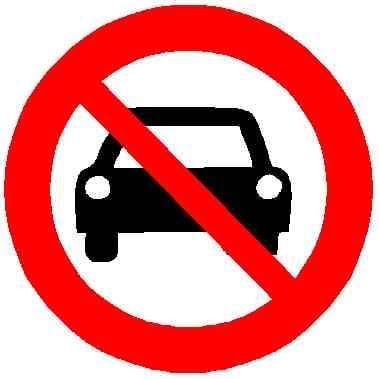A recent study of mode share (the % share of transportation trips by car, transit, walking, biking etc) relative to city size and income levels in almost 800 cities in 61 countries.
Data corresponding to 794 cities, with a combined population of almost 850 million people, is used to model the vast heterogeneities in the way people move in cities.
Some urban areas rely heavily on cars, with less than 10% of their journeys on alternative modes of transport (either walking, cycling or Public Transport), whilst in other cities, less than one in four journeys are by car. Among the 794 cities, 22.4% of the journeys are Active mobility, 26.2% are Public Transport, and 51.4% are by Car.
https://www.sciencedirect.com/science/article/pii/S0160412024001272


This is a standard type of graph:
Yours is labeled in a much clearer way.
Totally agree, the graph in my eyes is pretty clear it is the labeling that is shitty because it tries too hard to be clear. There is the letters of each point (A, B and C) which get the largest heading, but because they are only one letter long they do not appear as the main information. Then there is the description of each axis as second heading acompanied by symbols that do not really add anything, and then the discription of each point as a third heading which just float around in a random spot. Chaos.
Loam drives more, whereas clay either walks or takes the metro?
clay is just as likely to drive as to catch public transport